
"In Xanadu did Kubla Khan, a stately pleasure-dome decree…"
Thus begins one of Samuel Taylor Coleridge’s three great poems, the unfinished “Kubla Khan”. According to the poet, this poem was composed one night when he experienced an opium-induced dream after reading a work containing a description of Xanadu. This city was initially the capital of Kublai Khan’s Yuan dynasty when he conquered China. When the emperor moved his capital to Dadu, present day Beijing, Xanadu became the imperial summer city. Although Coleridge only saw Xanadu in his dream, one of the most famous Western voyagers actually visited the city during its heyday. This was the Venetian traveler, Marco Polo.

Marco Polo in a Tatar outfit. Public Domain
Marco Polo’s story begins in Venice in the year 1271, when he was 17 years old. Two years prior to that, his father, Niccolo, and uncle, Maffeo, had just returned from their trade expedition in the East. As the two brothers left a couple of months before Marco Polo was born, and only returned in 1269, this was the first meeting between the Venetian boy with his father and uncle. Nevertheless, Marco Polo joined them on their second trip to Asia in 1271.
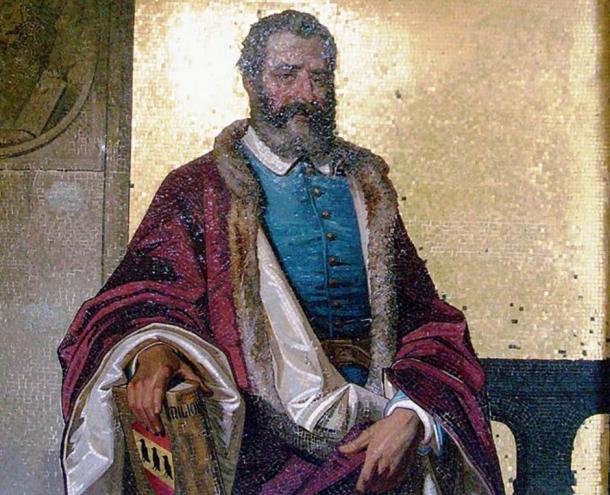
Mosaic representing Marco Polo at Villa Hanbury, Ventimiglia, Italy. Wikimedia, CC BY-SA 3.0
Apart from trade, the Polos’ second journey to Asia was aimed at bringing some letters and valuable gifts from Pope Gregory X to the Mongol ruler of China, Kublai Khan. Before Niccolo and Maffeo returned to Venice, the Great Khan expressed interest in Christianity, and requested that the Polo brothers travel to Rome to speak on his behalf. Additionally, he wanted the Pope to send the Polo brothers back to China, along with holy water and 100 learned priests.
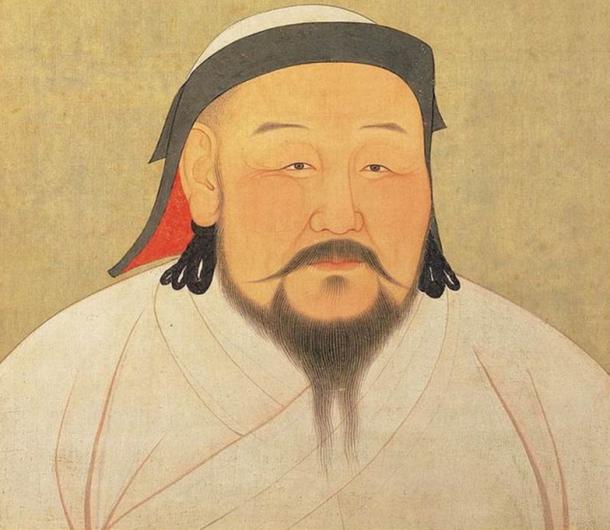
A painting of Shizu, better known as Kublai Khan, as he would have appeared in the 1260s (although this painting is a posthumous one executed shortly after his death in February of 1294, by a Nepalese artist and astronomer Anige). Public Domain
The Pope could not grant Kublai Khan’s request, but sent some letters and gifts anyway. Not wanting to disappoint the Great Khan, the Polos brought two friars along with them. Having tasted the difficulty of travelling, however, the friars decided to turn back.
From Venice, the Polos travelled south via the Mediterranean to the Holy Land (Land of Israel and Palestine), which at that time was partially controlled by the crusaders. From the crusader port city of Acre, the Venetians travelled north to Trebizond, after which they turned south, reaching Baghdad before turning north again. At Terbil, the travelers turned south once more and eventually reached the port city of Ormuz on the Strait of Hormuz. Although the Polos intended to take the sea route to China, they did not find a suitable ship, thus forcing them to travel north by land instead. When they reached the Taklamakan desert, they took the southern route, passing through places such as Yarkand and Khotan. The final hurdle for the Polos before reaching China was the vast Gobi Desert.
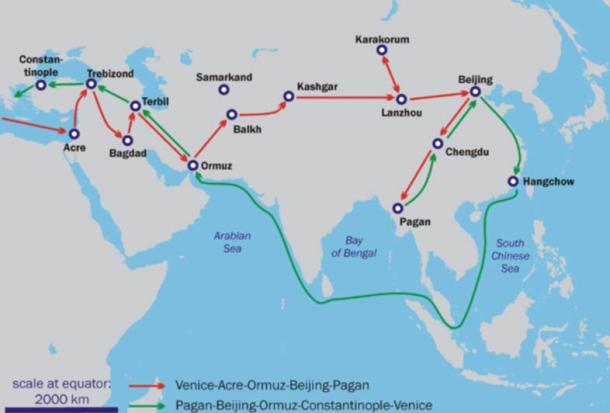
Map of Marco Polo's travels (Some of these places may not exist today). Wikimedia, CC BY-SA 3.0
In China, the Polos were well received by Kublai khan. As Marco Polo immersed himself in Chinese culture, and was a gifted linguist, he quickly gained favor with the Great Khan. As a result, he was appointed as a special envoy of the Yuan court. This enabled him to travel to various parts of Asia such as Tibet, Burma and India. Marco Polo was even appointed as a tax inspector at Yanzhou, and an official in the Privy Council.
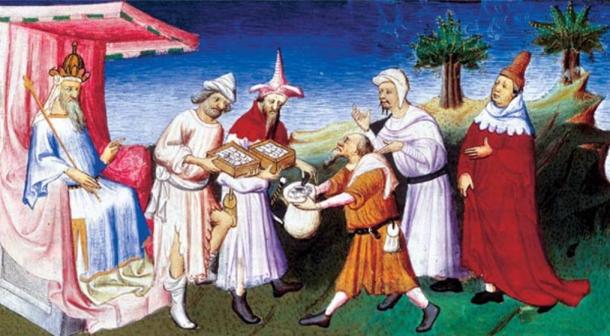
Kublai Khan gives financial support to the Polo family, and accepts gifts of the Venetians. Painting, Master of Busico, 1412. Wikipedia
For 17 years the Polos stayed in China, during which they amassed a great fortune. As Kublai Khan was in his late seventies, the Polos were worried that it would be extremely difficult to get out of China with their wealth. Reluctantly, the Great Khan agreed to let them leave, along with one final mission. This was to escort the Mongol princess Kokachin to Persia, where she would marry a prince. This sea voyage took two years, during which 600 of the crew members and passengers perished. By the time the Polos reached Ormuz, only 18 people were left alive. The Persian prince to whom Kokachin was promised to was also dead, and the Polos had to remain in Persia until a suitable husband for the princess was found. Finally, the Polos returned to Venice in 1295.
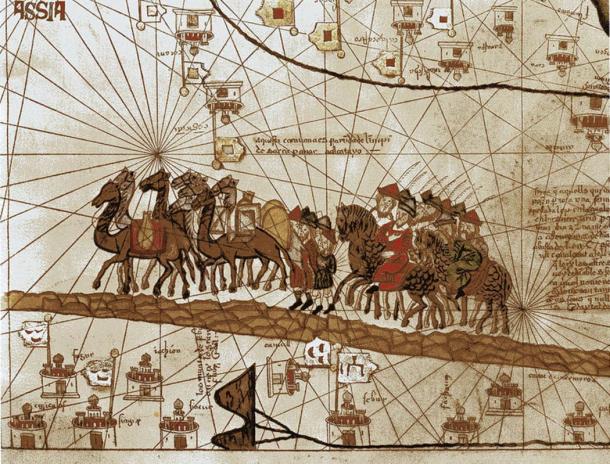
Marco Polo’s caravan travelling to India. Abraham Cresques, 1375. Public Domain
Incidentally, Marco Polo’s travels were only recorded while he was a prisoner. Three years after returning to Venice, Marco Polo commanded a galley in a war against Genoa, one of Venice’s rivals. During one of the battles, he was captured. While in prison, he met Rustichello da Pisa, a talented writer of romances who recorded the travel stories that Marco Polo told. By the time they were released in 1299, a book was completed, and Marco Polo soon became a household name. Khan's Empire, the largest the world had ever seen, had largely been a mystery to those living within the borders of the Holy Roman Empire, and Marco was the first westerner to gain such an in-depth look at their culture and customs, so when he released detailed accounts of his journey, recorded in his book ‘Il Milione’, the western world was captivated by his accounts.
Marco Polo’s travels provided Europe with a greater understanding of geography, and inspired many other travelers and adventurers. Even today, there are those who have attempted to retrace his steps, thus highlighting the influence of this 13th century Venetian traveler. On 9th January 1324, Polo fell ill and died, leaving behind a far-flung legacy on the world.
Featured image: Marco Polo travelling, Miniature from the Book "The Travels of Marco Polo" ("Il milione"), originally published during Polo's lifetime (c. 1254 - January 8, 1324), but frequently reprinted and translated. (Wikimedia Commons)
References
Andrews, E., 2013. 11 Things You May Not Know About Marco Polo. [Online]
Available at: http://www.history.com/news/history-lists/11-things-you-may-not-know-about-marco-polo
O'Donnell, F. & Belliveau, D., 2002. Marco Polo's Guide to Afghanistan. [Online]
Available at: http://www.smithsonianmag.com/travel/marco-polos-guide-to-afghanistan-57650764/?no-ist
Szalay, J., 2013. Marco Polo: Facts, Biography & Travels. [Online]
Available at: http://www.livescience.com/27513-marco-polo.html
www.aljazeera.com, 2015. Marco Polo, A Very Modern Journey. [Online]
Available at: http://www.aljazeera.com/programmes/marco-polo/
www.poetryfoundation.org, 2014. Kubla Khan, by Samuel Taylor Coleridge. [Online]
Available at: http://www.poetryfoundation.org/poem/173247
www.silk-road.com, 2000. Marco Polo and His Travels. [Online]
Available at: http://www.silk-road.com/artl/marcopolo.shtml
By Ḏḥwty



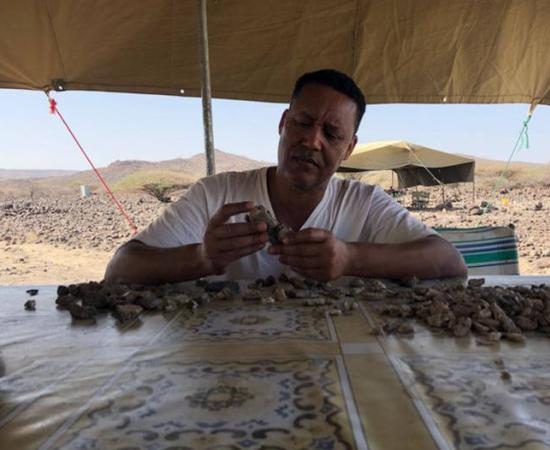
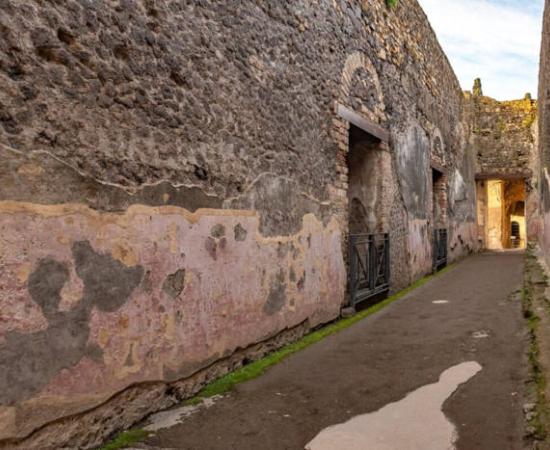
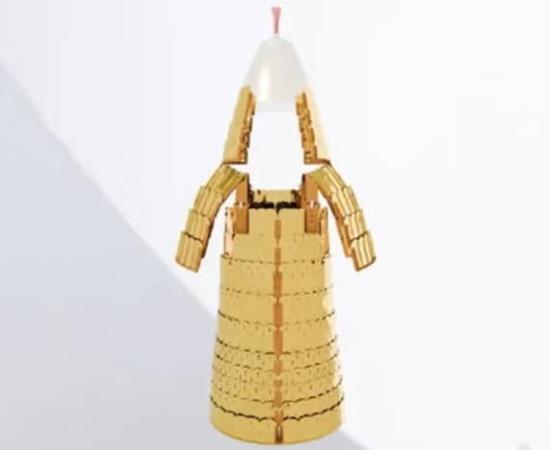

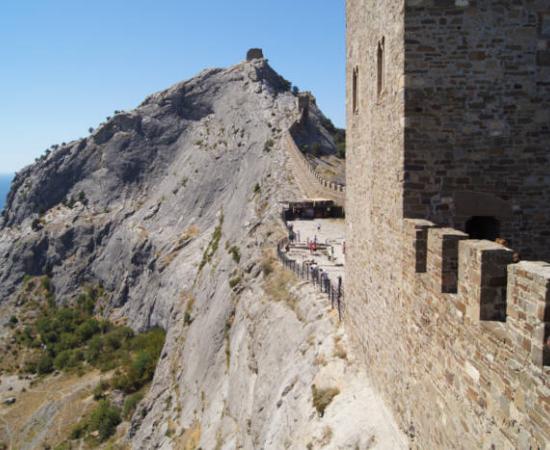
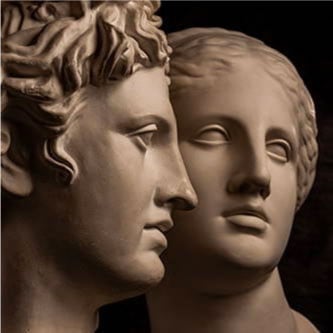
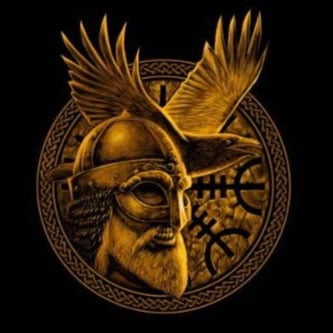
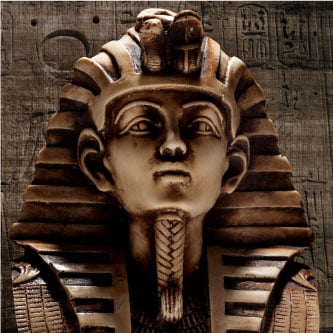





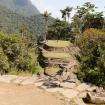
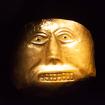
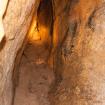
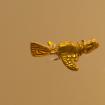

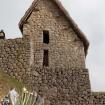
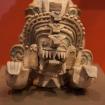
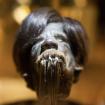

I never knew Kublai Khan was
Permalink
I never knew Kublai Khan was interested in Christianity and sent for a bunch of priest and holy water. that's pretty interesting.
east n west
Permalink
he took back the knowledge of the east. he also visited india
Ancient Heroes
Permalink
We should learn something new from our ancient heroes such as; their lifestyle, their qualities, plans strategies, achievements and many more. I am sure we can get better outcome from there. Now days we have found that people are suffering from depression, frustration and many other problems; therefore they used to take preventive lessons to live life happily from different inspiration and source of encouragement. Here in this article also we have found the life adventure of Marco Polo (Venetian Merchant Traveler) and we should take some positive inspiration from his life to get rid from our different problems.
http://www.reginafasold.com/blog/how-to-plan-your-success-strategy/